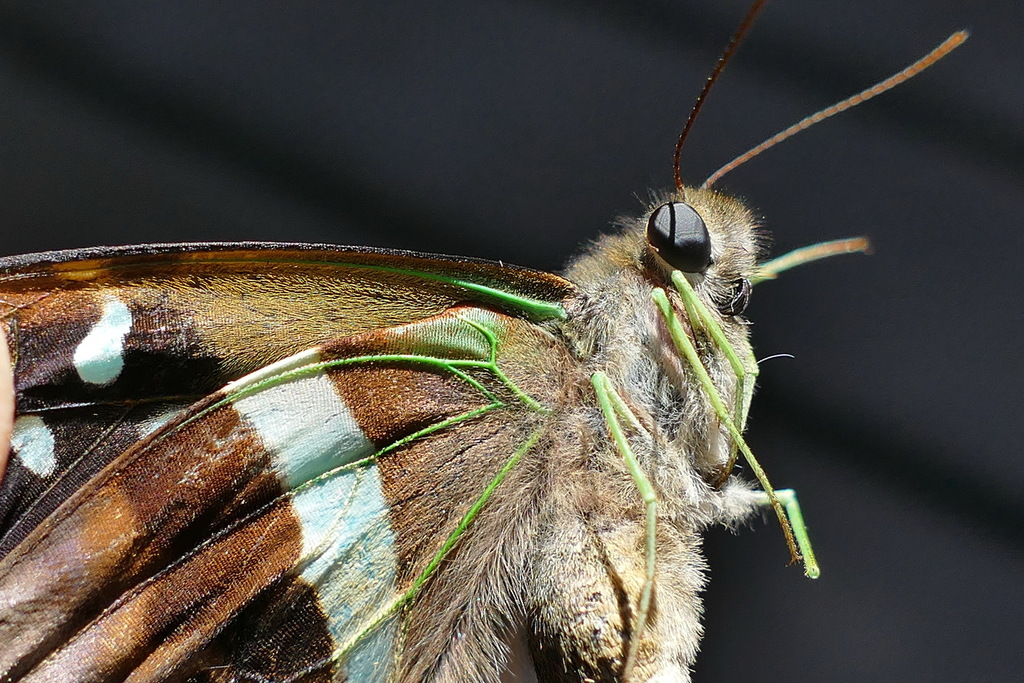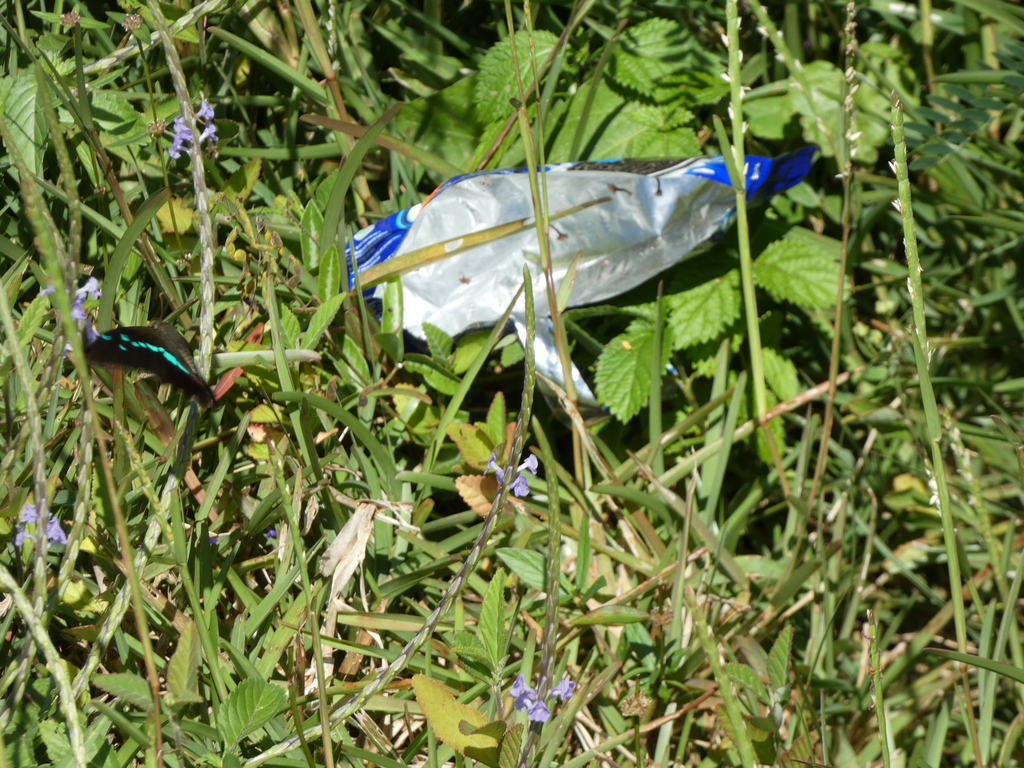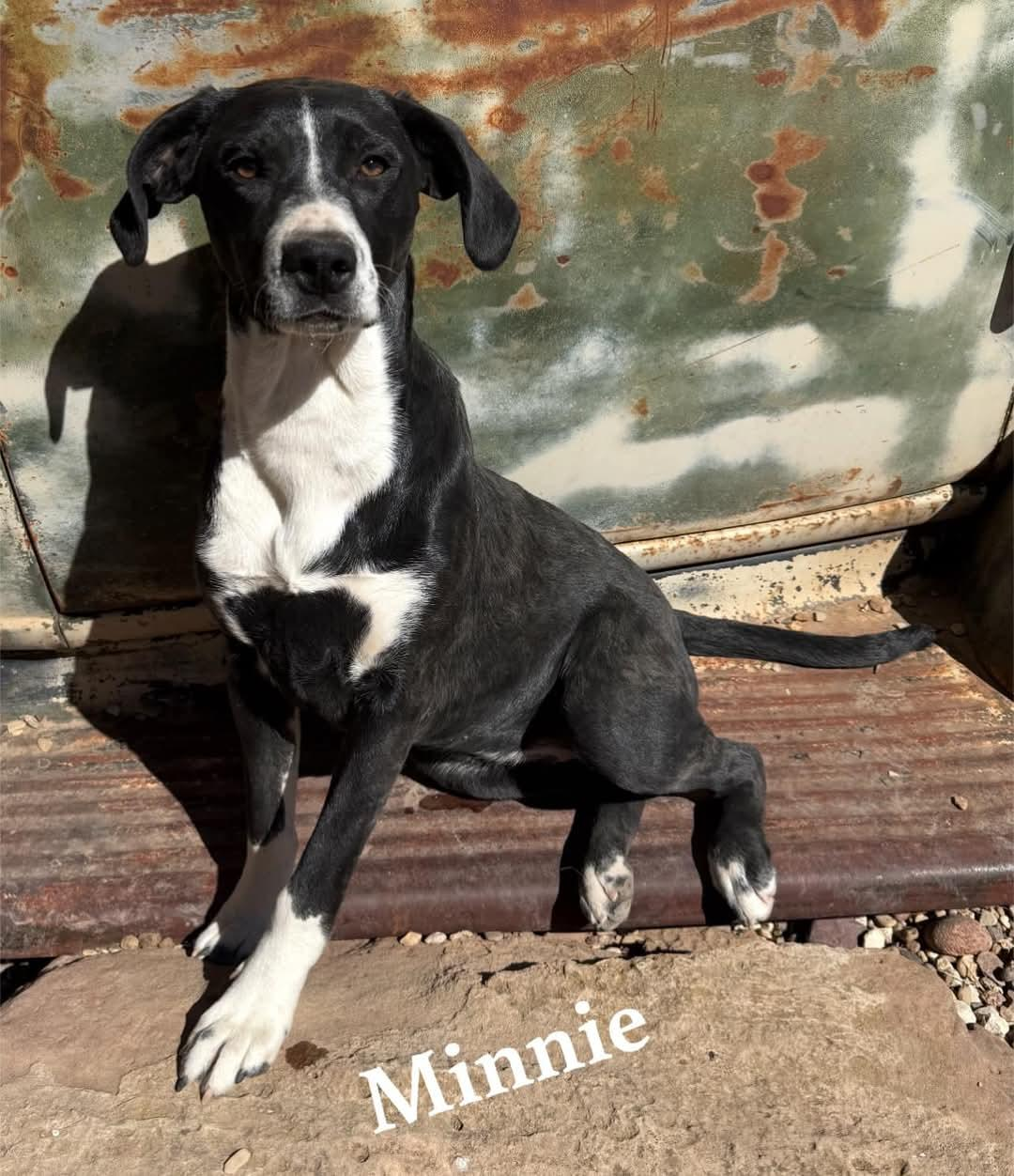This one needs to begin with an apology.
I'm not seeing a lot of new books that need sequels. Because e-book marketers urge fiction writers to produce series (even if they do it by breaking up one long novel into three or five unsatisfactory pieces), I'm receiving far too many books that are written as Volume 1 of 3, or 5, or 25--anything to get people to buy a sequel.
Nor have I ever felt that classic books needed sequels, though I've read the sequels when I've found them. The authors stopped writing when it seemed to them that the characters' adventure had reached its natural end. Did anyone really want to read a long novel about David Copperfield growing old with Alice Spenlow, or sit through a play about how Juliet, acting on a surge of hormonal emotion with no experience of how to stab anyone through the heart, while still weak from having poisoned herself to fake her death, really only gashed her chest and fainted, woke up, was taken home, got well, married Mercutio, and lived happily until she died from the plague at age sixteen?
Some books needed sequels and got them. One Newbery Medal winner, Caddie Woodlawn by Carol Ryrie Brink, stands out in memory as an outstanding example.
This is a novel based on the writer's grandmother's memories. Like most real people's memories, the episodes didn't come together to form a real plot, but a popular plot at the time was that it's all right for little girls to be "tomboys" as long as they grow out of it, and one of the grandmother's memories seemed to provide that sort of ending. In the large Woodlawn family Caddie is closer to the brothers on either side of her in the line-up-by-age than to the older or younger siblings. She and older sister Clara were "sickly," in the past, and their parents agreed to let the mother cosset Clara indoors and let Caddie roar around with her brothers outdoors and see which child grew stronger faster. Caddie did. There's a lot of talk about her being a "tomboy," though she doesn't do anything particularly boy-like and the adventures she shares with her brothers are not unlike the ones I shared with mine. There are stories about the children doing chores on the farm, picking berries, losing and finding their dog, watching their teacher rise to the challenge of the big bad bully at their little part-time school, learning how to mend clocks, and then toward the end of the book they decide to make a visiting cousin feel unwelcome. After a few other mean pranks, they break an egg down the cousin's lovely dress. In the book their mother tells the boys "I cannot blame you so much. But that a daughter of mine," etc., etc., and though the father does punish the boys, too, his lecture to Caddie ends with "Have we run with the colts long enough?" Ick. That's not the end of the book, but it still seems to beg for a sequel.
So Carol Ryrie Brink gave it one. In Magical Melons Caddie pays more attention to Clara, the sister older than Tom, and Hetty, the sister younger than Warren, but she's still closest to her brothers and, though none of their other shenanigans is mean, they still work and play outdoors.
Cheers. Kudos. I enjoyed Caddie Woodlawn and, especially, the sequel that proved that she didn't "outgrow" being active and energetic; read those books three or four times in elementary school.
But I have read some less than great books that seemed to need sequels, in which the author could have corrected the worst faults in the original stories, and those sequels weren't written...Can I think of ten?
1. Are You There God It's Me Margaret by Judy Blume
Reacting to a teen hormone mood, Margaret stops speaking to the brain-dead Pre-Teen Sensations for three whole weeks. This is long enough for her to spend some time alone and discover the new layers of more sophisticated thinking, even including some vestigial buds of spirituality, unfolding in her growing brain. Finding that the development of her brain is much more interesting than the development of her figure, she spends some time reading the Bible. She notices a lot of verses about helping others and sharing wealth. Since she doesn't have a lot of wealth to share, even at fifteen, she does some sort of volunteer work that leads to the discovery of a talent and the offer of an after-school job. At the end of the book she's still not sure whether she wants to identify as Jewish or Christian or maybe a Messianic Jew, but she's actually learning something about her options instead of trying to stifle her spirituality and focus on her boring little body all the time, for pity's sake. The original book was toxic. (It's one that tends to leap to mind when I think of very bad books.)
2. Murder She Meowed by Rita Mae Brown
It had sequels. Too many, if anything; Brown was having a lot of fun, and so were readers, but she did end up making Mrs Murphy live twice as long as a cat normally lives, while solving more murders than a town like Crozet (which is a real place) would actually get in...centuries. However, the story developed in a less than satisfactory direction. Bleep was the point of giving Harry cancer?
3. Most Romances Published by Harlequin, or Silhouette, or Similar
Before blundering into marriage under the influence of hormones, the characters get mononucleosis or some similar unrecognized blessing. The hormones shut off. The sight of each other no longer makes them quiver with "need" and they have a chance to work out whether they like each other at all. Some of them do, and get married, and eventually feel that intense physical attraction again. Some of them stay single happily ever after. A character who stays single can have a happy ending; a character who is or will soon be divorced can't have one. The decision should not be based on hormones alone.
4. Diary of a Mad Housewife by Sue Kaufman
After leaving the house, she gets one of the office jobs that were so easy for women to get before computers. It's not a bad job but after a year or two she realizes that she's swapped being taken for granted by one man, for whom she and the children feel some affection, for being taken for granted by six men, all of whom she and the children pretty much detest. With fear and trembling, she reaches out to her husband. He doesn't take her so much for granted any more. They reconcile. She makes some noises at the office about possibly quitting the job. The six men, each of whom has given her a reason to detest him that he's afraid she'll share with a co-worker on another job, or her husband, or anybody, don't want to take her for granted any more either. She is promoted to her level of complete incompetence. Co-workers, especially subordinates, hate her but assume (incorrectly) that she's slept her way to the top. She doesn't care what they think, because her husband and children really do come first.
5. Christy by Catherine Marshall
As Christy and her husband continue to serve the never-will-be-urban mission at Cutter Gap, a brief series of apparently unrelated suicides and scandals make them reconsider whether the community needed a church so desperately after all. After the preacher dies of tuberculosis, those who survive that epidemic reach an agreement that being Christians does not require either identification with a specific denomination or membership in a social group.
6. The Reformation of Marli Meade by Tracy Hewitt Meyer
Marli gets into college and tells people her demented father's "church" was part of an organized network in the Appalachian Mountains. Someone challenges her to find another church in this network. After much searching she finds a nondenominational church with an outspoken young preacher who says that the President and various other people are gonna buuuurrrrrnnnn. But a couple of elder members politely correct him, at home, during the week. And some of the women do seem to have made their own clothes, some more skilfully than others, but when she talks about this they tell her, "You can wear what you want for as long as you feel a need for it, but we are glad and grateful to have found a fellowship where nobody expects us to waste money on 'fashions' designed by woman-haters and made in sweatshops." And she keeps going back to this place during every break in the rest of her college years, and ends up changing her major from social work to accounting, marrying into the community, and living happily ever after.
7. Heather Has Two Mommies by Leslea Newman
In the sequel, Olivia Has Three Mommies, the children learn that Olivia lives with her natural mother, grandmother, and aunt. They go on to learn that the majority of "two Mommies" situations involve either a parent and another relative, or a parent and a supportive person who is being paid in some way, which is why so many people took such a dim view of Heather's Mommies being a lesbian couple. Somebody confronts Leslea Newman about erasing this reality.
8. Atlas Shrugged by Ayn Rand
The original novel is so long, who could possibly read a sequel? In the sequel, however, the obsessively determined reader would find that John Galt pushed Dagny Taggart back after her first bite, reflecting that he had never wanted to marry a vampire and that Dagny had always been a bit of one. "Go back to Reardon," he advised. Then he went back to his community and married a nice quiet scientist who didn't bite, but made good use of her lips, and had ash-brown hair, and homeschooled their children. Dagny decided her real love was her railroad and threw herself under a train, yowling "Make me one with your wheels, O my beloved!" After it did, and they scraped her remains off the track, her brother sold the railroad to a good hardworking man who loved the railroad, too, but without Dagny's vampiric passion.
Also, Lillian survived because a kind Polish immigrant, a widow with five children, let her barter English tutoring and a little help with the housework for room and board. Lillian and Anya lived, apparently happily, ever after and nobody ever knew whether or not they were lesbians. (Probably not. Ayn Rand was a child of her time.)
9. A Tree Grows in Brooklyn by Betty Smith
Frannie resolves that she will not marry or have children unless she can rear them somewhere very different from Brooklyn. And sticks to her resolution through a few proposals, until she achieves her goal. Her children grow up on a hill farm and, by the time they're old enough to pay attention, Frannie has learned how to raise and can her own vegetables.
10. Marjorie Morningstar by Herman Wouk
In the sequel Marjorie spends enough time alone to discover some sort of talent, let us say for commercial photography, and marries a nice man with a compatible talent and has a successful life. With two period-appropriate children. She calls one of them Noel. At age eighteen he changes it to Noah, because progress has been made and, even and especially if people hope he actually becomes a Christian, nobody makes him feel that success depends on pretending to be something he's not. Marjorie is still a child of her time and, like many of her generation, doesn't burden Noel/Noah with a lot of reminiscence about the friend in whose honor she named him. He grows up thinking his mother had a complex about belonging to a minority religion. Only after Marjorie dies does he find a photo or newspaper clipping or something that explains that he was named after an old friend.


















